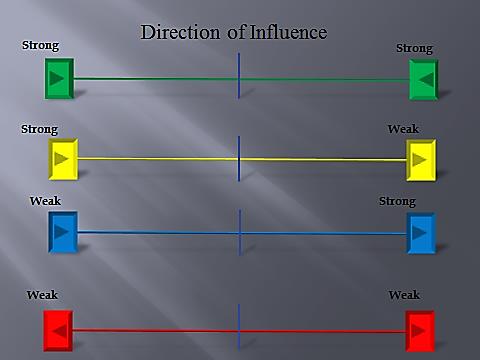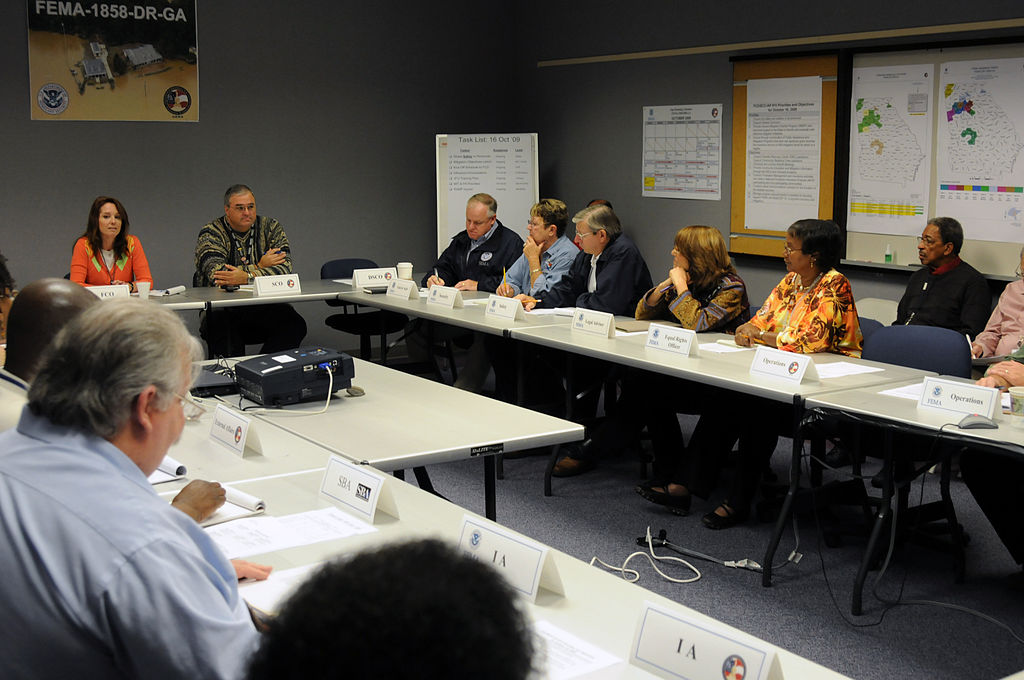Direction of Influence©
V. A. Brown Consulting
Understanding the role influence plays in your decision making is key whether you’re leading a small team or a large corporation. As a new manager it may be difficult trying to figure out when to lead and when to follow but one thing is sure. Gone are the days of “my way or the highway”.
Today’s workforce is a collaborative one. People want a say not only in what they do but how they do it. That’s where influence comes in. As a leader, you’re responsible for achieving the company’s objectives through your team. As their manager, you’re responsible for providing the resources and direction to make the team successful. It’s a balancing act with you in the middle. By understanding that the direction of influence flows in both directions depending on the situation, your job becomes much easier.
Bar 1: Everyone on the team has strong influence over the situation. The arrows point towards each other demonstrating a movement towards center goal. This model is appropriate for issues that require brainstorming or groupthink to see different sides of a problem before the manager (or the team) reaches a conclusion.
Bar 2: The manager has greater influence than the team. The arrows move in one direction with the stronger influencer pushing towards the goal while the weaker side loses the ability to weigh in on the decision. Use this when giving direction, implementing company policy or other giving information. Team discussions serve to clarify the situation, not reach a decision.
Bar 3: Here the arrows are reversed and the team has greater influence than the manager. While this may seem counterintuitive to managing a team, remember that it is not necessary to be in charge of everything your team does. If a manager tries to exert influence in this situation, it becomes micromanagement. This works well with self-directed teams or teams where the manager and the members have reached a consensus using Bar 1.
Bar 4: In this case, no one has any direct influence over the outcome. Use this when the objective is to react to the evolving situation without much thought. This works well in emergency situations when health and safety are concerned but even then, it cannot be used as a stand-alone process. One example is a fire fighting team. All fire fighters have an assigned role that kicks in automatically on scene. There is no “influence” in how they do their assigned role; they just do what they have been trained to do (Bar 4). However, there is a Captain in charge who develops the strategy for the fight based on the unique characteristics of the fire (Bar 2).


